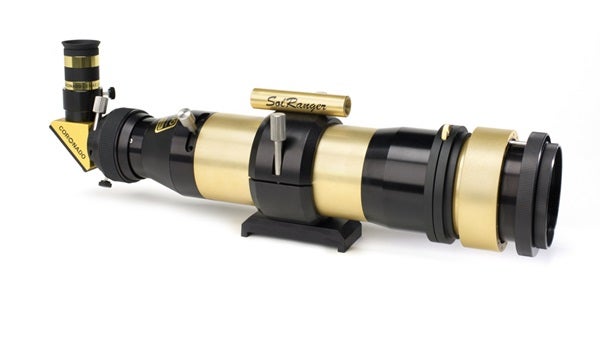With solar maximum — the peak of activity in the Sun’s 11-year cycle — rapidly approaching, observers are spending more time viewing our daytime star. Any telescope with a properly filtered optical system will allow you to see the Sun in the relatively broad spectral range of visible light. However, for an exquisite view of our star, a dedicated narrowband filter lets you explore details such as active solar regions and prominences.
The primary narrowband filter amateur astronomers use for solar observing is the Hydrogen-alpha (Hα). It only transmits light with a wavelength of 656.28 nanometers — the Hα line. For this review, I tested an excellent solar telescope you should consider if you would like to observe in Hα: the SolarMax II 60 Telescope by Coronado, a subsidiary of Meade Instruments.










